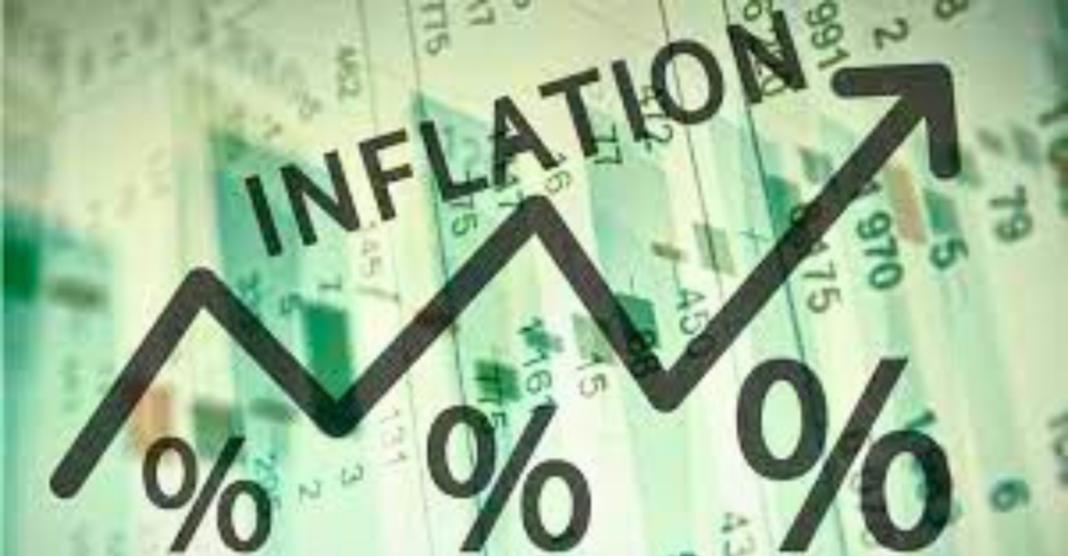Retail inflation in India decreased to 6.83 per cent in August from a 15-month high of 7.44 per cent in July 2023, according to data issued by the National Statistical Office (NSO) Tuesday. This decrease was primarily the result of falling food costs, particularly those of vegetables. It is the fourth time this year that headline inflation has remained higher than the target’s upper limit and the seventh time since August 2022 that this has happened. The inflation print, however, continued to be above the upper limit of the 4+/- 2 per cent band of the Reserve Bank of India’s medium-term inflation target.
As a result of the robust performance of the manufacturing, mining, and electrical sectors, factory output increased to a five-month high of 5.7% in July, according to figures separately issued by NSO.
Manufacturing, which makes up 77.6% of the IIP’s weight, increased by 4.6% in July as opposed to 3.1% and 0.3% respectively in the same month and year earlier. Production in the mining and electrical industries increased by 10.7% and 8%, respectively.
Vegetable inflation, which the RBI closely monitors for monetary policy, eased to 26.14 per cent in August from a high of 37.34 per cent the previous month, and cereal and product inflation also decreased to 11.85 per cent from a high of 13.04 per cent.
The rate of retail inflation in August was 5.31 per cent for prepared foods including meals, snacks, and sweets, 13.04 per cent for pulses and products, 7.73 per cent for milk and products, 23.19 per cent for spices, and (-)15.28 per cent for oils and fats.
The Consumer Food Price Index (CFPI) showed inflation of 9.94% in August compared to 11.51% in July and 7.62% a year earlier.
Inflation rates for food and beverages, which make up 45.86% of the overall consumer price index (CPI), were 9.19% in August compared to 10.57% in July. According to an assessment by CareEdge Ratings, core inflation—the non-food, non-fuel segment—declined to 4.9% in August 2023.
Rural areas had a higher overall retail inflation rate in August (7.02%) than urban areas (6.59%), despite food inflation in rural areas being lower (9.67%) than in urban areas (10.42%).
NSO data for 22 significant states and UTs revealed that 13 states had higher-than-average retail inflation rates in August, with Rajasthan (8.6%) recording the highest rate, followed by Telangana (8.27%), Haryana (8.27%), Odisha (8.23%), and Jharkhand (7.91%).
Politicians are concerned about high inflation. Last week, RBI Governor Shaktikanta Das stated that there is a risk of anchoring inflation expectations due to the ongoing food price shocks.
In its most recent review of monetary policy, the RBI increased the inflation forecast for FY2024 from 5.1 to 5.4 per cent while maintaining the benchmark repo rate at 6.50 per cent.
According to the RBI’s prediction, inflation will likely reach a level of 6.2% in the current quarter (July-September) and will likely stay over 5% until the first quarter of 2024–25.
The impact of deflation at the wholesale level, according to experts, may give relief with a lag at the retail level even though more inflation is predicted. While overall food inflation has eased, the disturbing fact is that some food items, such as cereals, beans, and milk, have continued to trend upward sequentially. Given the uneven rainfall and low reservoir levels, there is a chance that food inflation will see additional upward pressure. It is particularly alarming that crude oil prices have recently increased globally. The fact that future CPI inflation would be delayed as a result of the ongoing WPI deflation is consoling. While the RBI will continue to be cautious, Rajani Sinha, chief economist at CareEdge Ratings, predicts a protracted pause in policy rates in 2023.
Manufacturing increased from 135 a year ago and 141.1 the month before to 141.2 in July according to the Index of Industrial Production (IIP). According to IIP data, nine out of the 23 manufacturing sectors had a decline in July. Electronics, computers, and clothes were among the major underperformers, while basic metals and medicines performed better.
Regarding the use-based industries, the output of infrastructure products increased by 11.4% in July, while the output of consumer non-durables experienced a strong increase of 7.4%. The output of consumer durables, however, remained negative for the second consecutive month at (-) 2.7%. Consumer durables have fallen into negative territory in the past 10 months since July 2022.
“The healthy growth in consumer non-durables segment is a welcome change as households, especially belonging to the lower income bracket have been facing the brunt of high inflation. The robust growth in infrastructure goods continued to get strong support from the government capex spending (union plus 23 states)… The worrisome area is the contraction of 2.7% yoy in consumer durables in July 2023 and reflective of the weakness and skewness in consumption demand,” according to a note by India Ratings’ principal economist Sunil Kumar Sinha and senior analyst Paras Jasrai.



